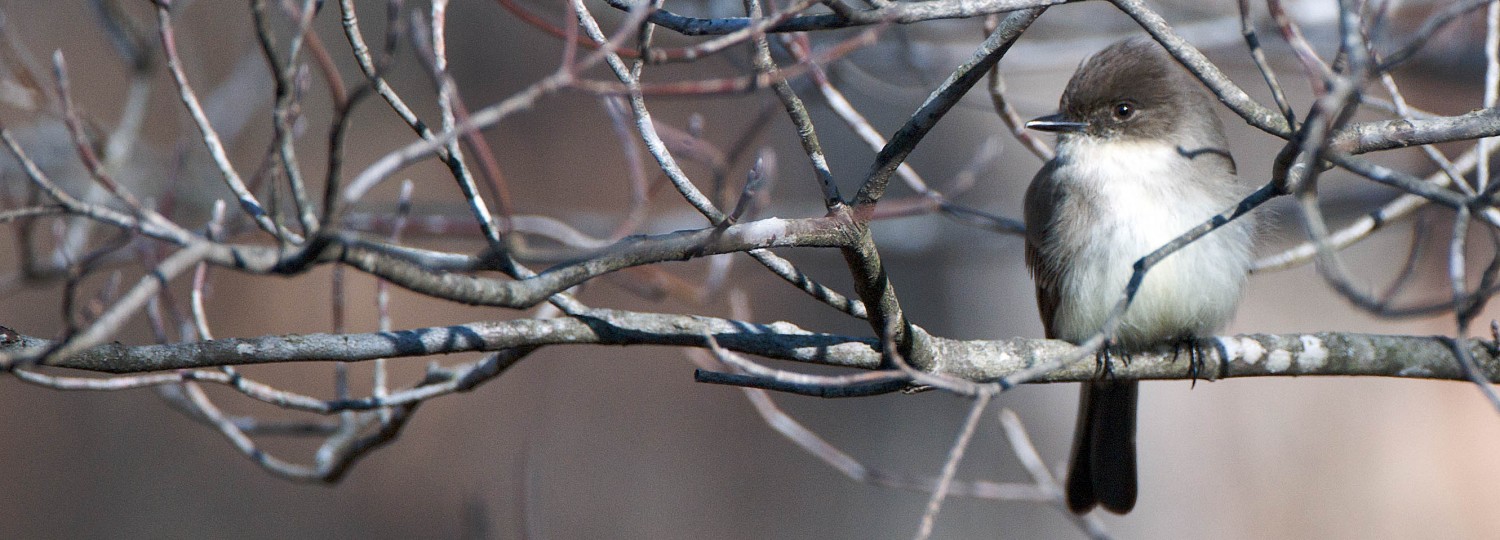In collaboration with Dr. Juan Carlos Castro Gomez and La Universidad Nacional de la Amazonía Peruana (Iquitos, Perú) I have been studying various aspect of the tropical fruit shrub camu camu (Myrciaria dubia). Camu camu is a common Amazonian shrub of oxbow lakes that is economically important due to its high vitamin C content in fruits, which on average contains 30-50x the amount of commercially bought oranges. Abundant variation in vitamin C content, however, is largely responsible for the precipitous decline of M. dubia as an economically important export of the Peruvian Amazon due to the inability of local, small-scale farmers to cultivate products of uniform vitamin C content. The cultivation of camu camu generally occurs at small scale across a broad geographical distribution, and thus we are investigating whether variation in vitamin C content could be the result of genetic differences among populations. In addition, camu camu can produce vitamin C through multiple biological pathways. We are currently studying these pathways to determine how they contribute to vitamin C variation.
Publications
Castro, J.C., M. Cobos, J.D. Maddox, S.A. Imán, and J.L. Marapara. Isolation and molecular cloning of genes from Myrciaria dubia “camu-camu” with potential use for biotechnological production of vitamin C. Plant Cell Biotechnology And Molecular Biology: In press.
Castro, J.C., J.D. Maddox, M. Cobos, D. Requena, M. Zimic, A. Bombarely, S.A. Imán, L.A. Cerdeira and A.E. Medina. 2015 De novo assembly and functional annotation of Myrciaria dubia fruit transcriptome reveals multiple metabolic pathways for L-ascorbic acid biosynthesis. BMC Genomics 16:997 DOI 10.1186/s12864-015-2225-6.
Castro, J.C., M. Cobos, J.D. Maddox, S.A. Imán, J. Torres, F. Gutiérrez. 2015. Gene expression and enzyme activities of the D-mannose/L-galactose pathway influence L-ascorbic acid content in Myrciaria dubia. Biologia Plantarium 59:783-787.
